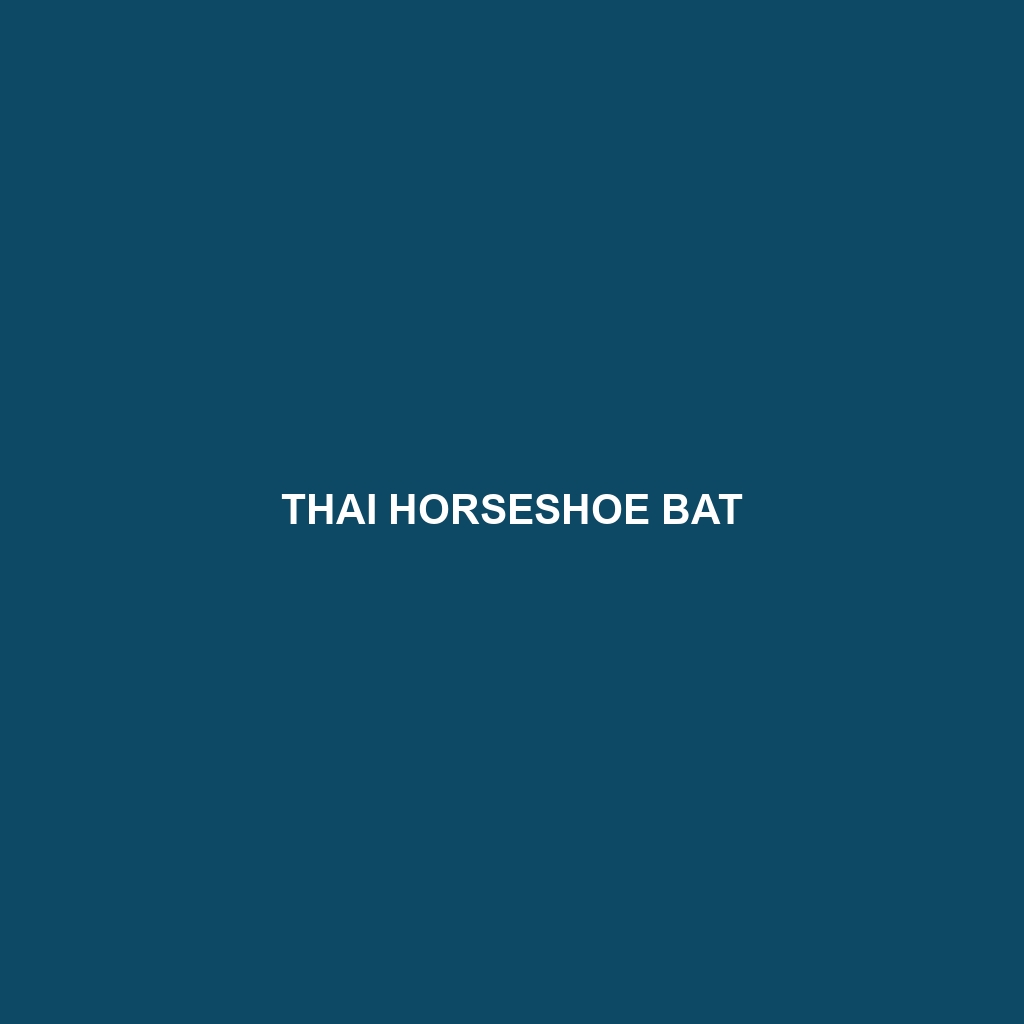Shortridge’s Horseshoe Bat
Common Name: Shortridge’s Horseshoe Bat
Scientific Name: Rhinolophus shortridgei
Habitat
Shortridge’s Horseshoe Bat is primarily found in the humid subtropical regions of Southeast Asia, particularly in countries like Myanmar, Thailand, and parts of southern China. This species thrives in diverse habitats including forests, caves, and agricultural areas, providing a range of ecological niches that support its survival. The bat seeks out areas with abundant insect populations, which are crucial for its feeding habits.
Physical Characteristics
Shortridge’s Horseshoe Bat typically measures between 4 to 5 inches in body length, sporting a wingspan of about 10 to 11 inches. Its fur is soft and dense, usually exhibiting a rich brown or gray color on the dorsal surface, while the ventral side appears lighter. Notable features include a distinct horseshoe-shaped nose leaf, which aids in echolocation, and rounded ears that are large relative to its head. Its relatively small size and unique facial structures make it easily identifiable.
Behavior
This species is primarily nocturnal, emerging at dusk to forage for food. Shortridge’s Horseshoe Bat is known for its agile flying capabilities, allowing it to navigate through dense vegetation with ease. It often roosts in small groups in caves or hollow trees, ensuring social interactions that play a role in reproductive behaviors. The bat uses echolocation to hunt for insects, emitting high-frequency sounds and interpreting the echoes that bounce back, which is a fascinating aspect of its behavioral ecology.
Diet
Shortridge’s Horseshoe Bat primarily feeds on small insects, with a particular preference for moths, beetles, and flies. It is known for its hunting techniques, which involve swooping down and catching prey mid-flight. This dietary preference plays a crucial role in controlling insect populations in its habitat, marking it as an essential species in agricultural pest management.
Reproduction
The breeding season for Shortridge’s Horseshoe Bat typically occurs in late spring to early summer. Females give birth to one or two pups after a gestation period of about 60 days. Pups are born hairless and dependent on their mothers for nourishment, rapidly gaining strength as they are nursed. The social structure of maternity colonies in roosting sites fosters communal care, increasing the survival rates of the young bats.
Conservation Status
Currently, Shortridge’s Horseshoe Bat is classified as vulnerable according to the IUCN Red List. Threats to its population include habitat destruction due to deforestation and agricultural expansion, along with the disturbance of roosting sites in caves and trees. Conservation efforts are essential to maintain sustainable habitats to ensure the survival of this unique species.
Interesting Facts
Shortridge’s Horseshoe Bat has a unique echolocation frequency that varies from other bat species, allowing it to detect smaller insects. Additionally, it shares its habitat with various other wildlife, making it a vital part of the biodiversity in its ecosystem.
Role in Ecosystem
This species plays a significant role in its ecosystem by acting as a natural pest control agent through its feeding habits. By consuming a large number of insects, it helps maintain the ecological balance and supports the health of agricultural systems. Furthermore, Shortridge’s Horseshoe Bat serves as prey for larger predators, contributing to the food web within its habitat.
